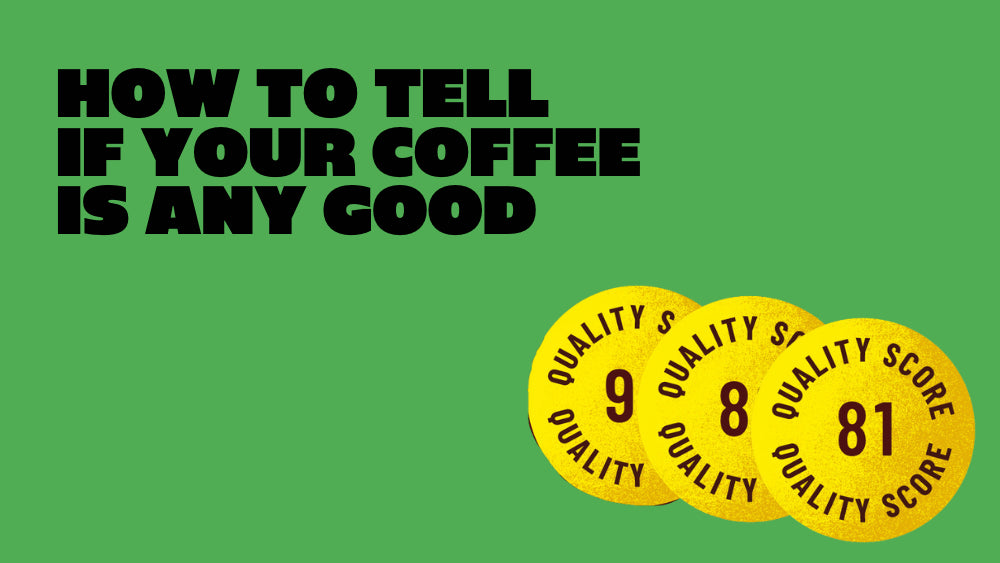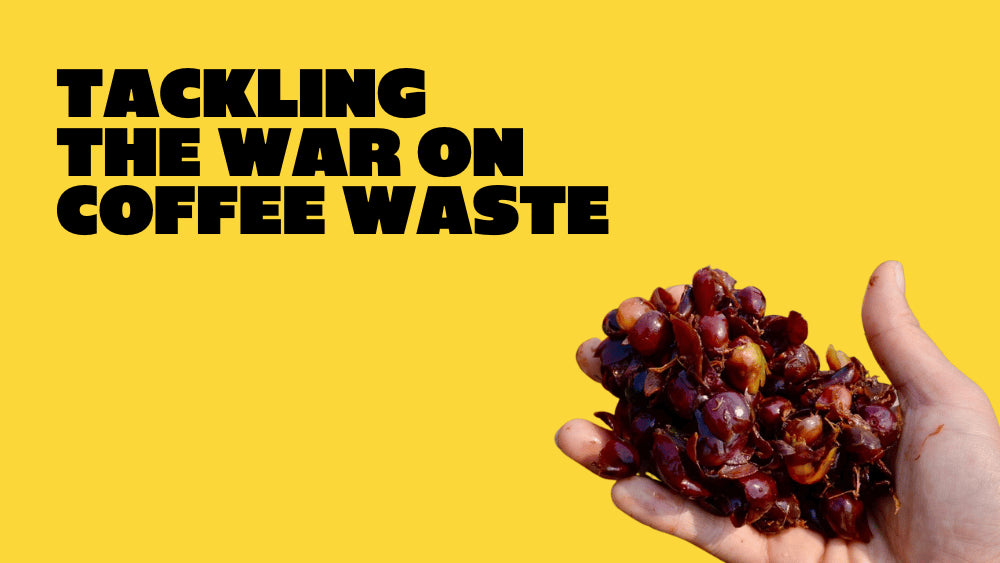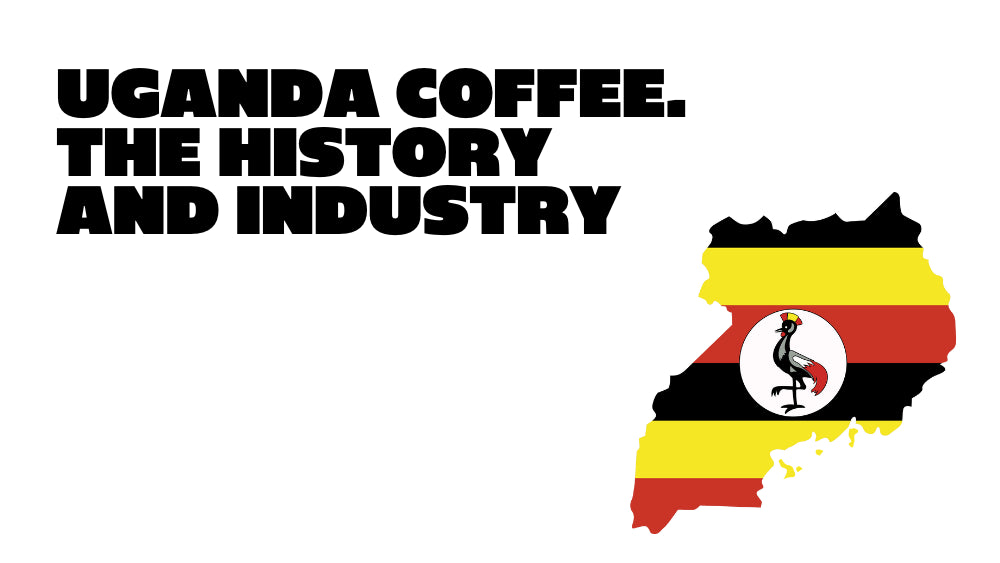
Currently in Australia there are:
- 6700 “Coffee Businesses" operating
- 792 Coffee Bean Distributors
- and just around 40 000 baristas currently employed
How do you tell which ones are good or not?
I wish it was simple, even as someone who knows what they are doing. It can feel like looking for a needle in a haystack trying to pick between which coffee seems to have the best reviews, which bags look the coolest and what your mates younger siblings friend’s cousin reckons is the best coffee they have had.
However there are some little hints that give away the diamonds in the rough. Everyone has different views, reasons and ethics when it comes to purchases. So take this checklist with a grain of salt and find your perfect match in your own marvellous way.
 First up, finding a company that details as much information to you as possible. Consumers are left in the dark on how coffee is made, and can greatly alter flavours with even the slightest of change. Without knowledge, you get misinformation and confusion. Something the industry is trying to battle with its current price increase rolling through the nation.
First up, finding a company that details as much information to you as possible. Consumers are left in the dark on how coffee is made, and can greatly alter flavours with even the slightest of change. Without knowledge, you get misinformation and confusion. Something the industry is trying to battle with its current price increase rolling through the nation.
 Countries are massive, even the small ones. Within these countries you can find multiple different regions that all grow coffee under different conditions and practices. By narrowing down your search towards regions rather than countries, you are able to pinpoint the exact coffee you were wanting each time you order.
Countries are massive, even the small ones. Within these countries you can find multiple different regions that all grow coffee under different conditions and practices. By narrowing down your search towards regions rather than countries, you are able to pinpoint the exact coffee you were wanting each time you order.

Everybody has their favourite flavours and everybody has those flavours that they just cannot stand. When we talk about flavours in coffee, we are talking about the nuanced complex notes that come through in all of your senses. At the end of the day, your coffee will taste like coffee, however the subtle hints of certain flavours might remind you of a sweet toffee you had as a child, or the smooth notes may remind you of strawberries and cream. These flavours are nothing more than your minds eye running rampant, however the heavy bodied chocolates, the lighter caramels or the vibrant citrus tones will be more prominent and easier to detect.

This is something that goes almost unknown to all consumers in the market. Coffee is processed differently all across the world and is one of the most important factors in creating the underlying overall flavours.
Natural - Vibrant, Citrus and Intense
Washed - Smooth, Rich, Crisp and Balanced
Honey Washed - Super Juicey, Heavy Body and Bright
Pulped Natural - Juicy, Clean with a Medium Acidity
Take our Yirgacheffe Single Origin coffee.
This is Ryd’s TOP PICK and is probably his favourite coffee in our selection. It is a naturally processed ethiopian single origin coffee from Hambella Washing station.
We know that this coffee has a bright acidity, sweet intense citrus flavours and is pretty light when it comes to body and mouthfeel. This coffee is a BLACK COFFEE ONLY type of coffee, and we know this because of its REGION, its FLAVOURS and its PROCESSING method.
If you were to put milk in your coffee with this particular single origin you will get a more sour and fermented flavour because when you add the sweet flavours of the milk, it will taste slightly “curdled”.
This has NOTHING to do with the coffee itself being bad, or wrong, or even your extraction being off. It is purely the fact that the bean itself just doesn't mix well with milk, and might not have your particular favourite flavours coming out of the coffee.
 This is a number reserved for ROASTERS ONLY! You will find it near impossible to find a coffee that clearly displays its quality score publicly and readily available. Quality score is a quantifiable number that directly relates to the flavours and defects found in the coffee, and is directly reflected in the price.
This is a number reserved for ROASTERS ONLY! You will find it near impossible to find a coffee that clearly displays its quality score publicly and readily available. Quality score is a quantifiable number that directly relates to the flavours and defects found in the coffee, and is directly reflected in the price.
I will let you into a little industry secret that I'm sure will rustle some feathers.
If a coffee company isn't directly displaying their quality score and they are selling their coffee for SLIGHTLY cheaper than everyone else, they are 100% selling lower quality coffee trying to mimic the flavours of high quality, more expensive beans. Take major chains that dominate the takeaway market, they are using the lowest grade of bean and using marketing hype to sell themselves at higher levels. This is why it can be sold at such a low price.
Understanding the quality score of a coffee is a one way ticket to great coffee. If you cannot see it, do not trust it. Find roasters that openly showcase any and all of the information about the bean itself, and just just marketing fluff.
 So you know flavours, you have found the perfect processing methods, you have bought some high quality score coffee and your coffee is still just not tasting good. At this stage, it’s probably not the coffee. Sure it might be slightly fresh and full of Co2, so let it sit for a few days and try again, however it's most probably your extraction and how the coffee is being made.
So you know flavours, you have found the perfect processing methods, you have bought some high quality score coffee and your coffee is still just not tasting good. At this stage, it’s probably not the coffee. Sure it might be slightly fresh and full of Co2, so let it sit for a few days and try again, however it's most probably your extraction and how the coffee is being made.
Check out everything you need to know about understanding your extraction here and browse our online courses to become the ultimate home barista.
Knowing where the faults are is 90% of the battle!
Understanding the coffee industry as a consumer or hobbyist is next to impossible. This isn't your fault, because for decades the big players of the industry have been lying to you, swaying perception and creating false ideas in people's heads about what coffee is and should be.
Only now are we seeing breakaway small businesses changing the way the coffee industry runs, by fronting high quality beans with the information that backs it up. Ethical practices and sustainable efforts are slowly becoming more and more prevalent in how we buy coffee and the low grade liars that have been pushing dishwater coffee for decades are finally being shown for who they really are.




